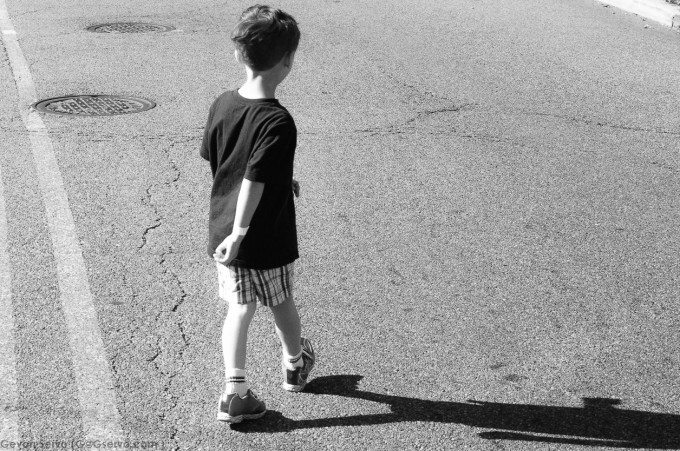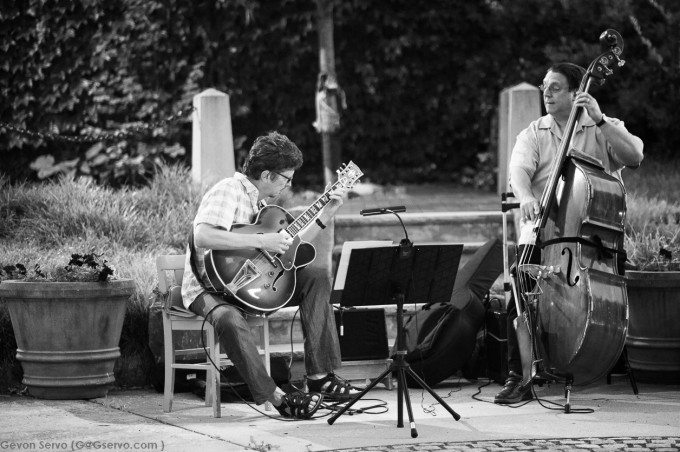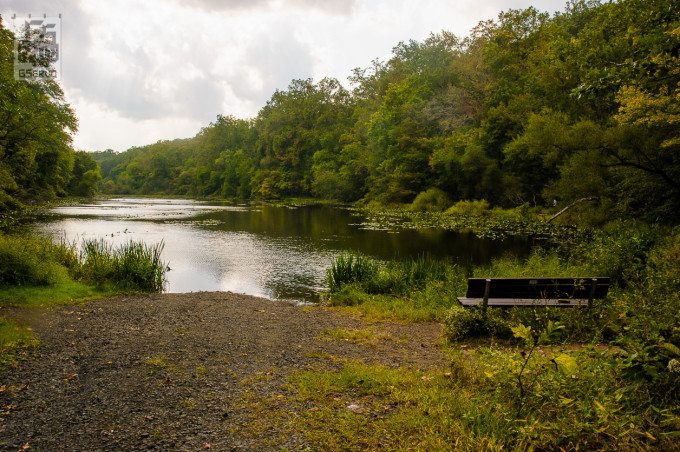
Everyone knows that free is good. However, there is a dark side to this idea–especially in photography. People and businesses want to keep a low bottom line and if they can obtain things at no cost they will, especially photography. If an image is found online and the owner is unreachable, it is open to theft. These images are considered orphan works. There are policies in place in some parts of the world that make this easy. It is sometimes sad to say, but photography is not always about hitting the shutter. We as photographers put a lot of work into image creation. However, we should also think about protecting those images by making sure it’s clear who owns them. In the ever changing world of copyright laws, precautions have to be taken. Here are some ways to avoid that.
Quality of Uploaded Images
One of the most basic things you can do to protect your images is to put up a low quality version on social media sites like Facebook and Google Plus. It is understood you spent a lot of money on your gear. However a high resolution image is just what people are looking to exploit. If you have plans to sell your images one day then this is especially important. Images really don’t need to bigger than 1024 pixels on any side and 72 ppi. This image size is good enough to look at online, but not good enough to print.
EXIF Data

Sometimes we over look EXIF or Exchangeable Image File data. It is something that can be added to images from most digital cameras. Camera settings like shutter speed, focal length, aperture etc. are all stored. Many cameras also allow the addition of copyright information. If you look in your manual you will find out how to do so. Your name along with your email should be here. If a website has not stripped your EXIF data, and a company wants to know who owns the image, they can look here. Sites like 500px, Google Plus, Flickr etc. allows this information to be seen easily. If you have not done this in camera, software like Adobes Lightroom allows you to add this information when you import.
Keywords
Another thing software like Lightroom allows you to add is keywords. These words help your images to be found on the web. The more specific your keywords, the easier they are to find. Things like location, subject matter, dates should be added. This is also another place to add your name to the photo. Search engines rely on this text to find out what these images, are, they can also use the keywords to find out who the images are by. Perhaps it’s also a way to get your photo more acknowledged are your own. They keywords help maintain a relationship between you and your photography.
Watermarks

There are many opinions about watermarking your image. It’s a personal decision really. You are basically adding an extra layer of protection to your work. However, if done wrong it can have a negative effect on your photography. Done right, it lets people enjoy your images while letting them know who the creator is.
This is especially useful if your are using sites like Facebook, which sometimes strips your EXIF data. There is also software out there that allows individuals to strip EXIF data. There are many ways to create a watermark. It can be a brush in Photoshop or it can be a small image or your name and email added when exporting and image in Lightroom. Invisible watermarks can also be created.
There are also websites like Digimarc that not only allow you to watermark your images, but also helps to track your images on the web. When creating a visible watermark, you have to give careful consideration to its location. Once you decide on how you will watermark your photo, it’s good to keep it up. Watermarks if used correctly and delicately can help you spread your brand and identify your photos (good or bad).
Copyrighting

One of the best ways to protect your photos online is to get them copyrighted. This ensures that ownership is legally clear on all levels. If someone user your images, without permission, and you take them to court, you will win with a proper copyright. For more information of copyrighting your work please visit here. However, if you don’t mind people using your images there is always creative commons. It does provide your with a level of control over you work. A Creative Common license allows the shift from “all rights reserved” to “some rights reserved,” enabling you to share your images under terms of your own choosing. This gives you control over distribution, and the non-exclusivity of the licenses means you can retain all commercial rights if desired. For more information on Creative Commons read here.
Reality

Nothing is foolproof. Your work may be stolen, or it may not be. If you are worried about the use of your images by others without your permission, it is good to think about what is written here. For some photographers, just having their images seen is enough. It makes them happy. The harsh reality is if you do not want your images possibly taken, do not put them in locations where this can happen. Only put them in places that are selling prints. It’s in their interest to keep your images protected. The other alternative is to keep your images off the web, only sell prints and hope someone does not scan that print and start using it.
 Please Support The Phoblographer
Please Support The Phoblographer
We love to bring you guys the latest and greatest news and gear related stuff. However, we can’t keep doing that unless we have your continued support. If you would like to purchase any of the items mentioned, please do so by clicking our links first and then purchasing the items as we then get a small portion of the sale to help run the website.

